8. Use a shine spray.Shine sprays have light reflecting particles that help illuminate your hair, making it look healthy and shiny. Mist your hair with a shine spray as the last step when styling to add brilliance to your balayage or ombre hair.
9. And try to avoid...Stay away from chlorine and never overlap the lightener when re-touching. This can cause the hair to become limp and lifeless and eventually break.
Balayage and ombré are two of the hottest highlighting trends seen all over celebs, it-girls street style stars. Both are designed to make root regrowth look as natural as possible, making them low-maintenance and easy to maintain. Balayage is a free hand painting technique, focusing on the top layer of hair, resulting in a more natural and dimensional approach to highlighting. It’s characterized by intermittent highlights dispersed throughout the hair, almost like subtle strokes of paint. Ombré hair, on the other hand, starts off darkest at the root and transitions to a lighter shade, with the lightest parts at the ends, making it a less subtle, more striking hairstyle. Balayage and ombré may look somewhat similar, but they are not the same. If you’re thinking of lightening up your locks and want to try balayage or ombré, bring in pictures of what you like to show your stylist, and together the two of you can decide what’s right for you. And in addition to Alchemic Silver Shampoo and Conditioner, ask your stylist what other Davines favorites they recommend to keep your highlights looking fresh. For a Davines concept salon near you check our salon locator.
By Jaclyn LaBadia, featured contributor
cover photo by Cassell Ferere
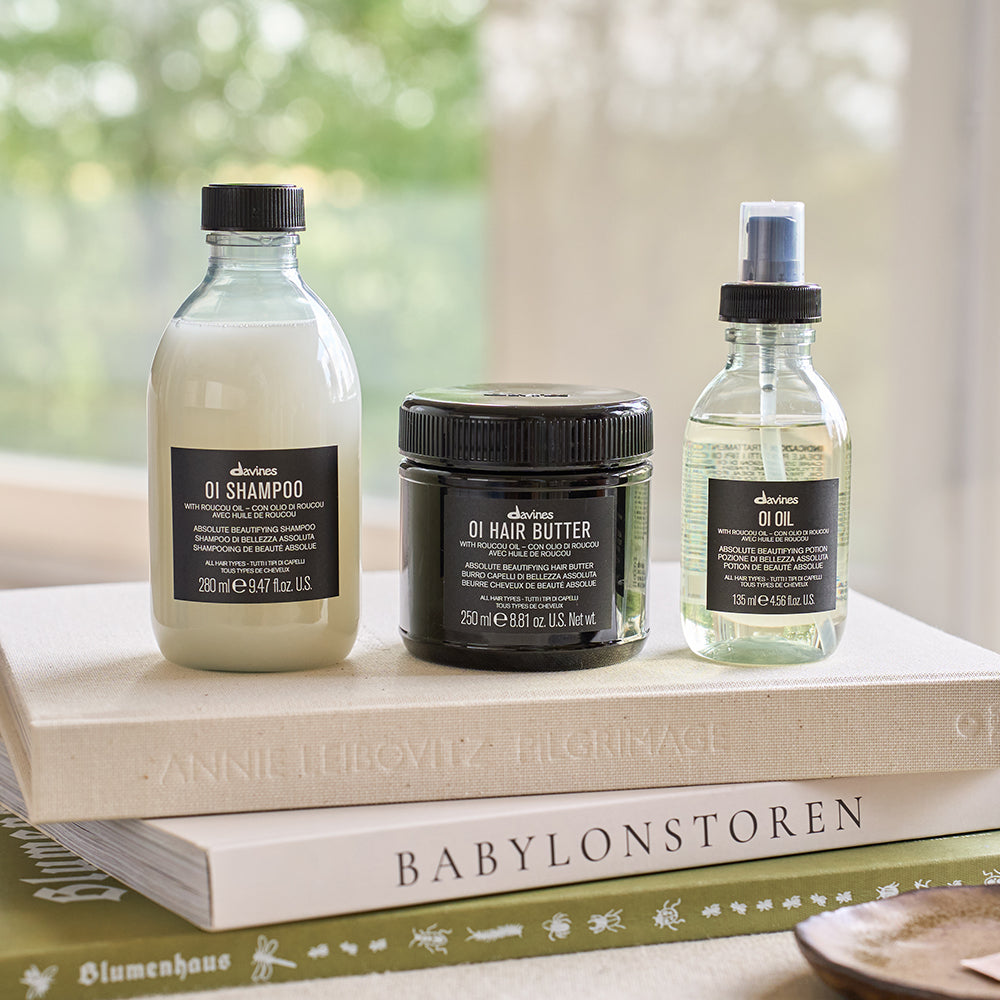
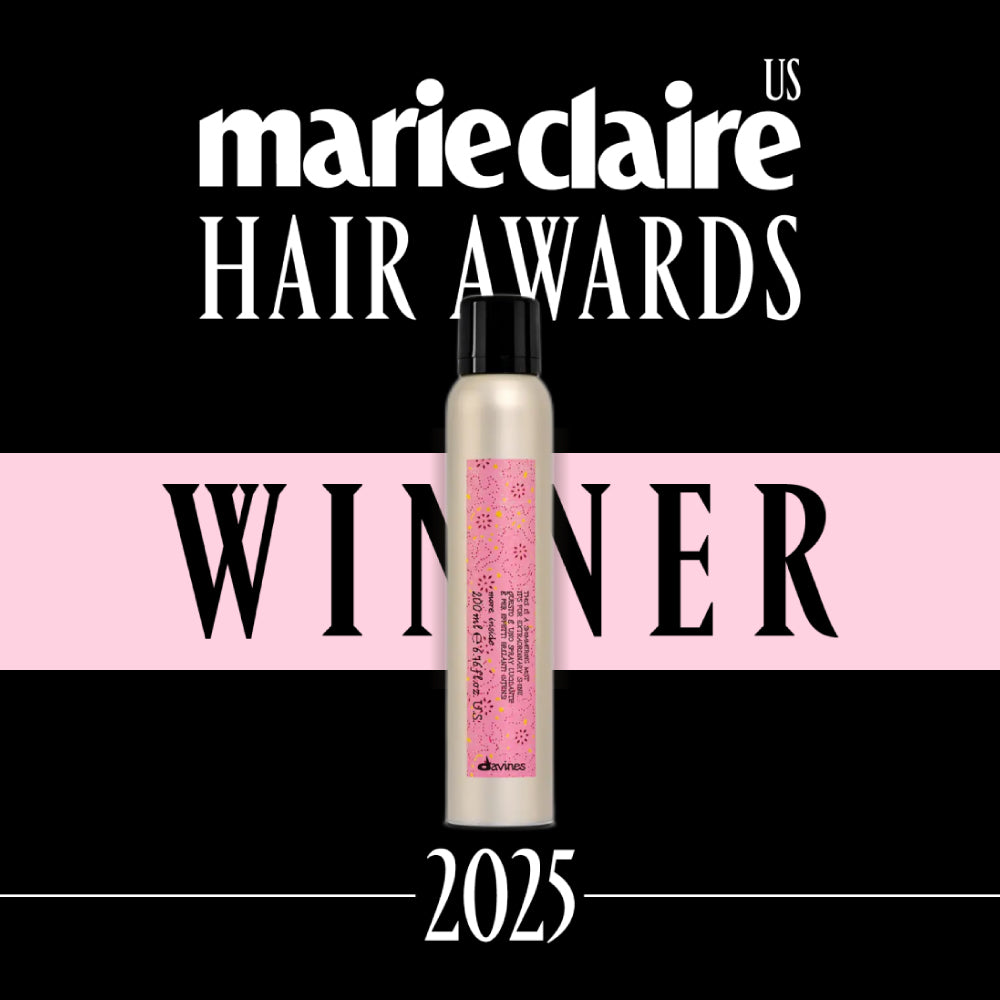
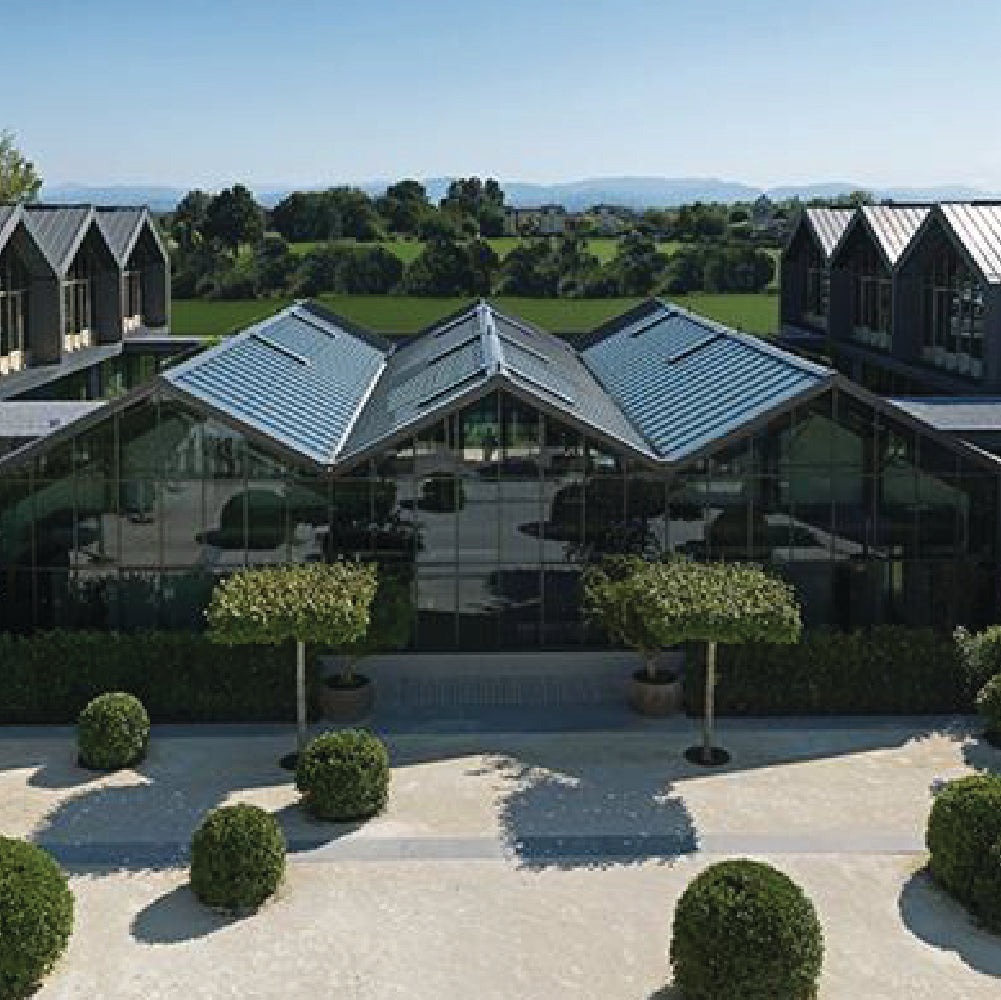
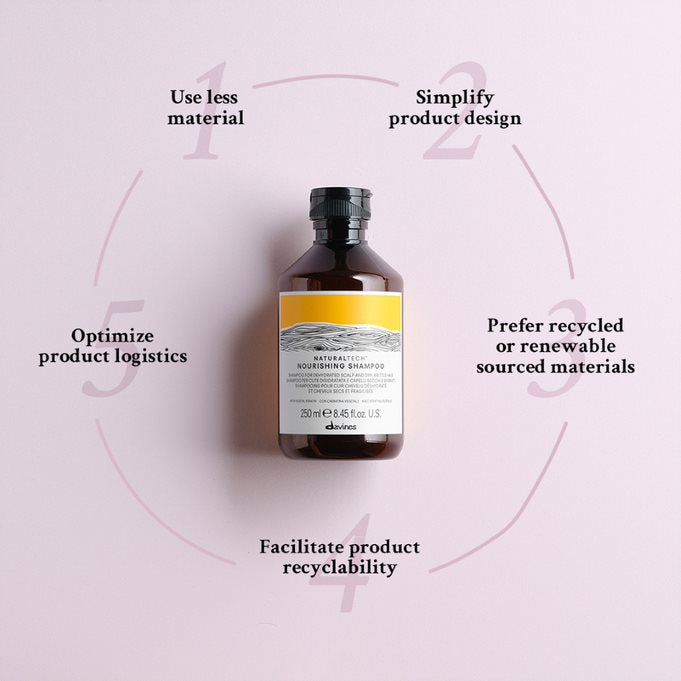
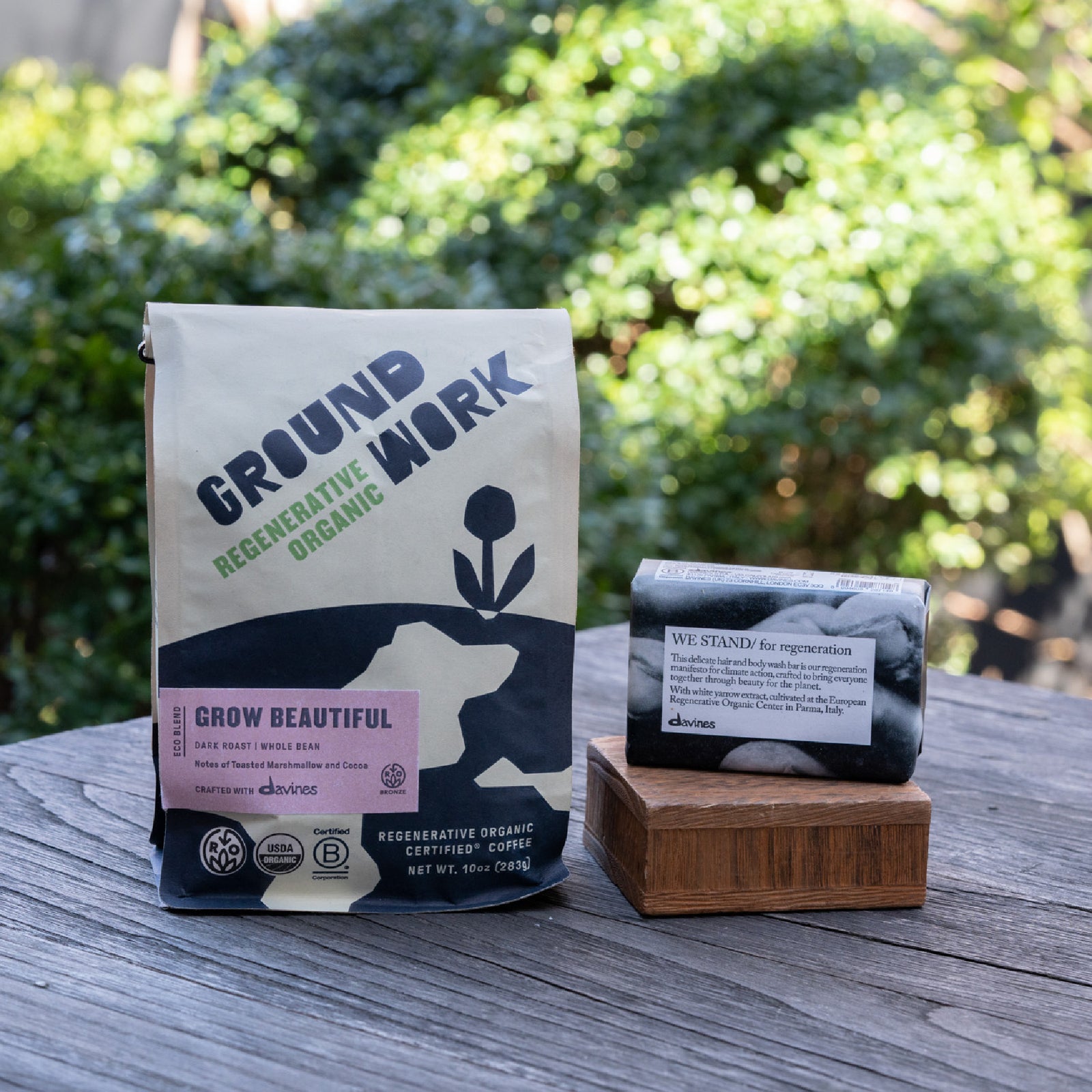
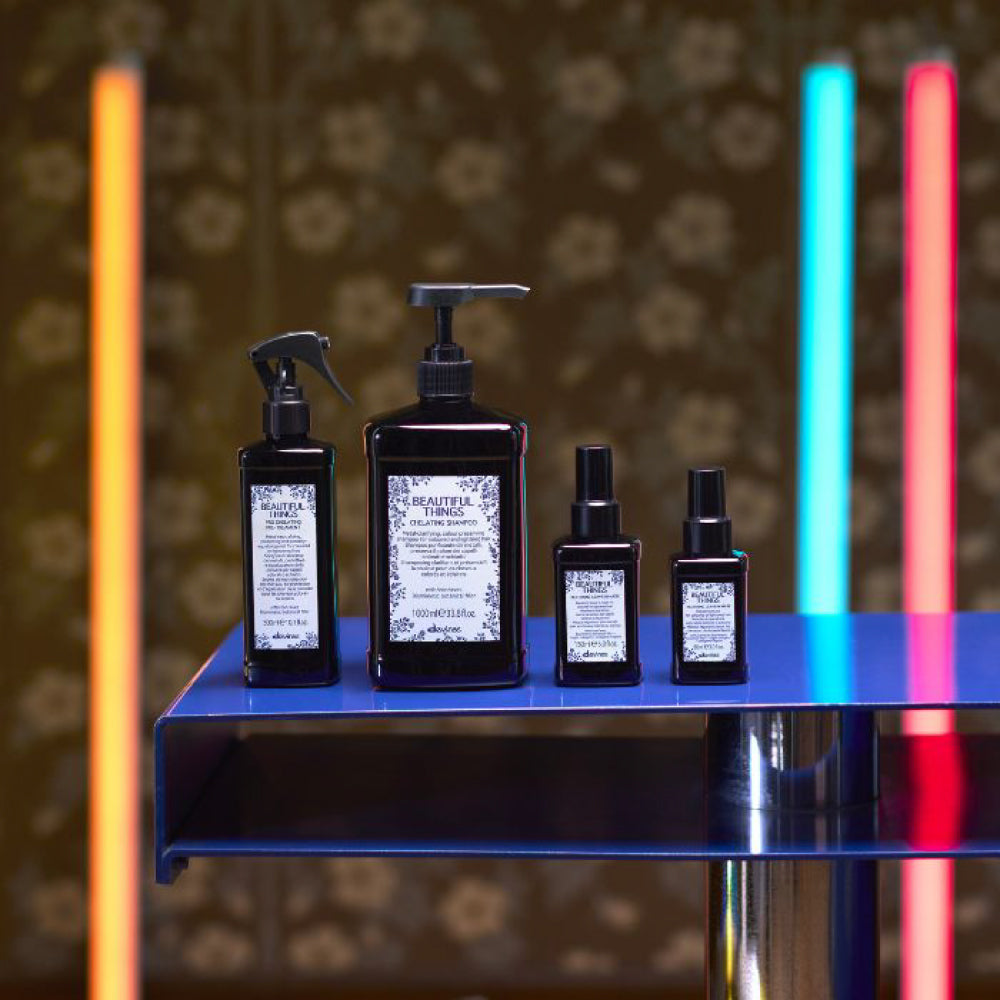
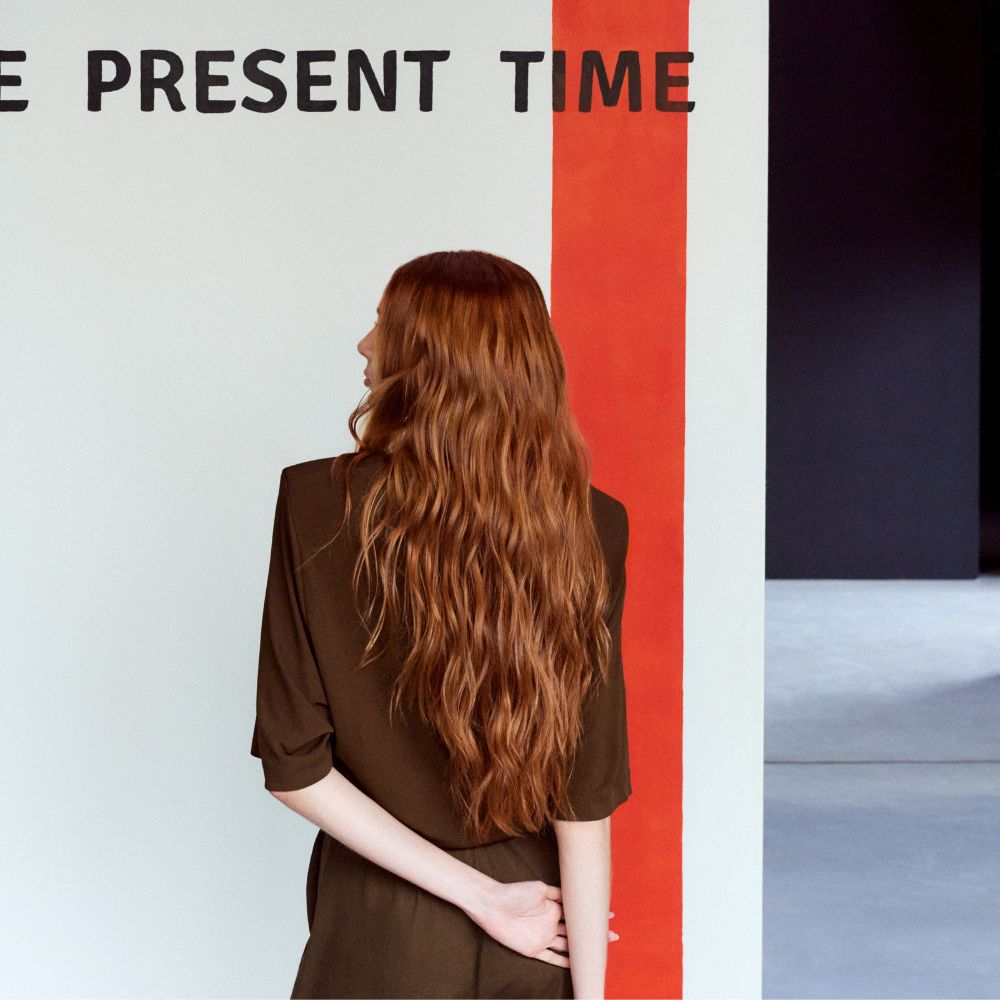
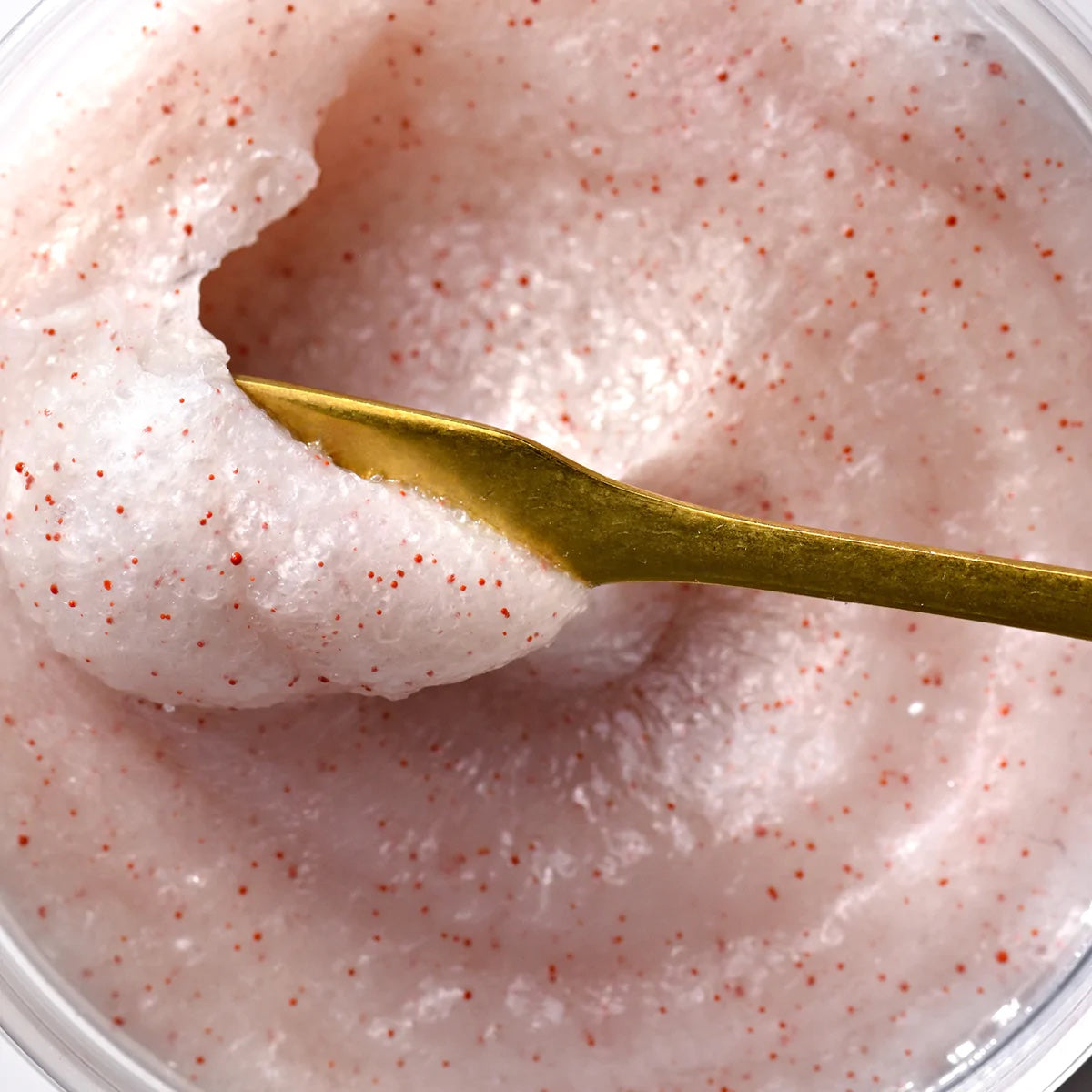
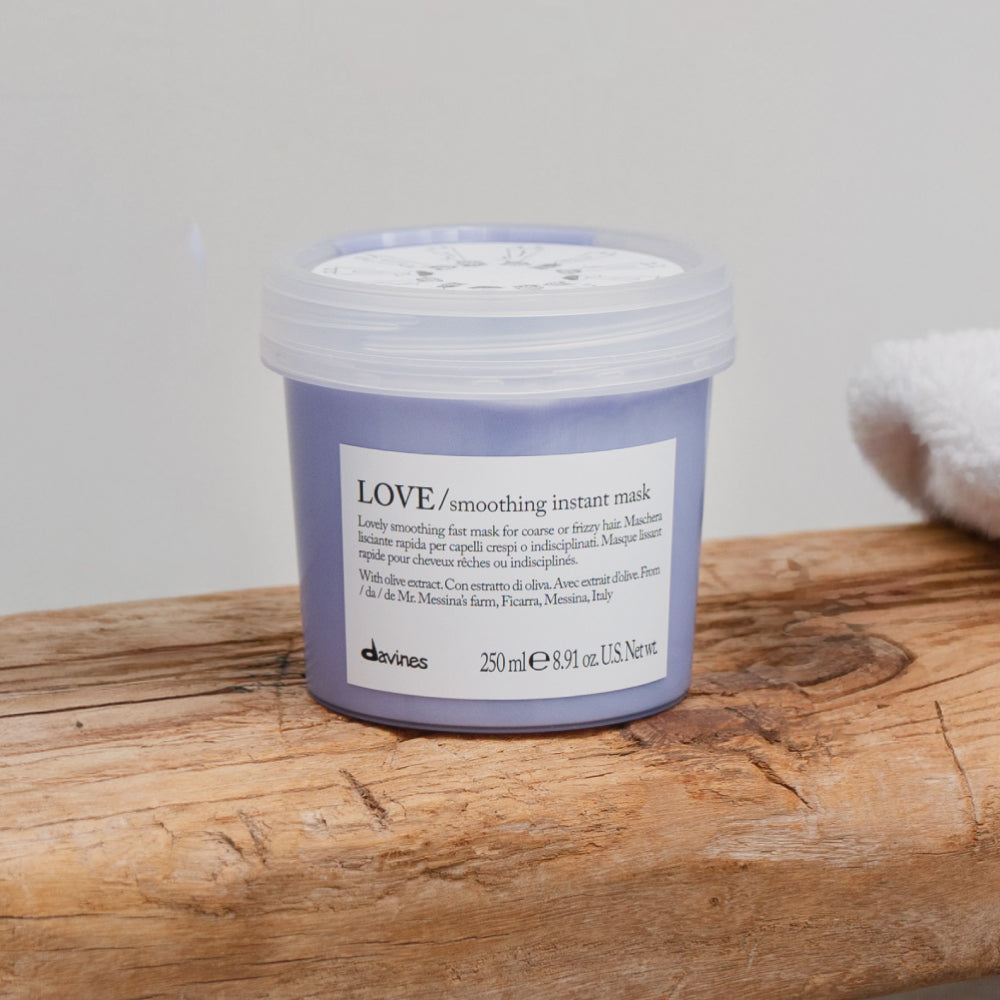



Leave a comment
Comments will be approved before showing up.